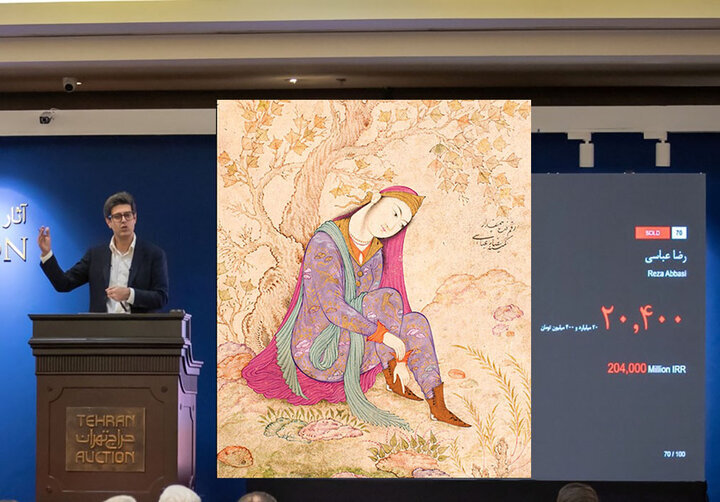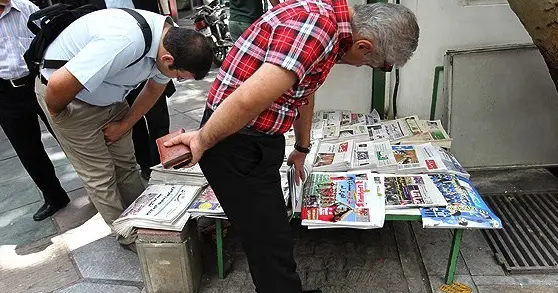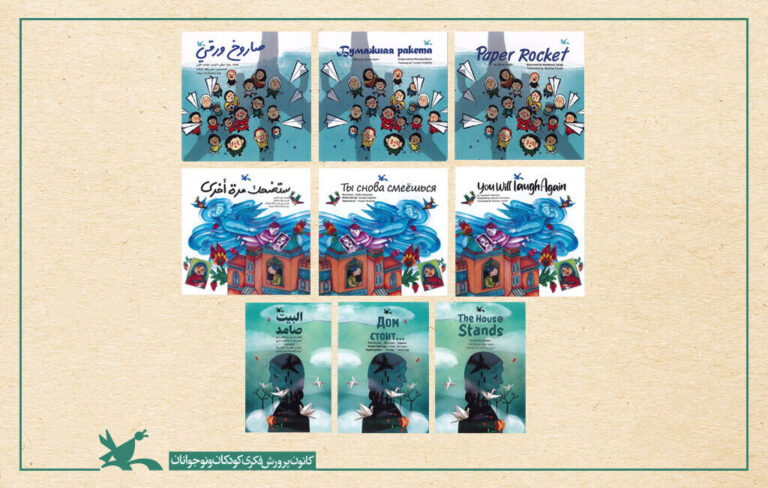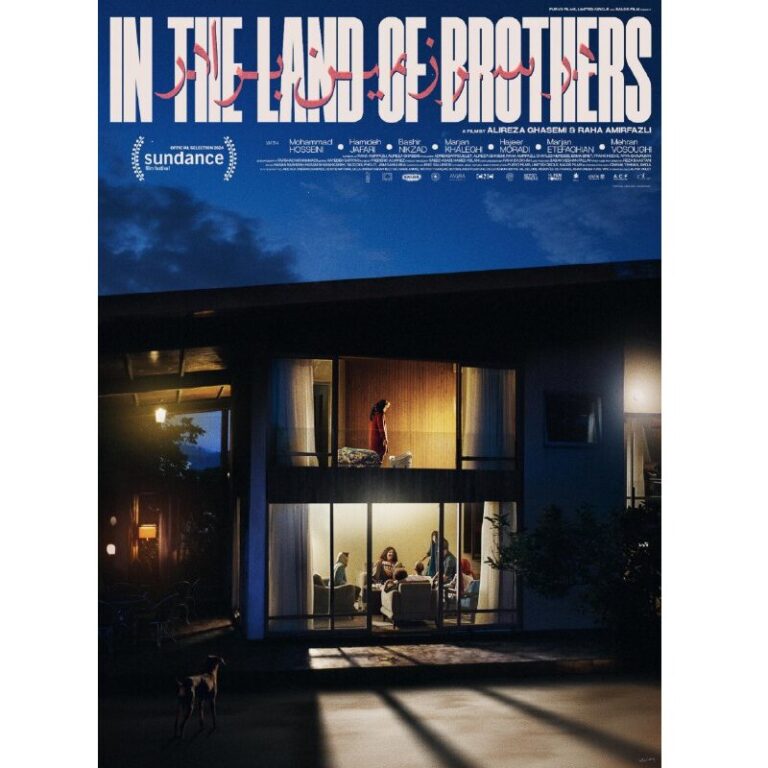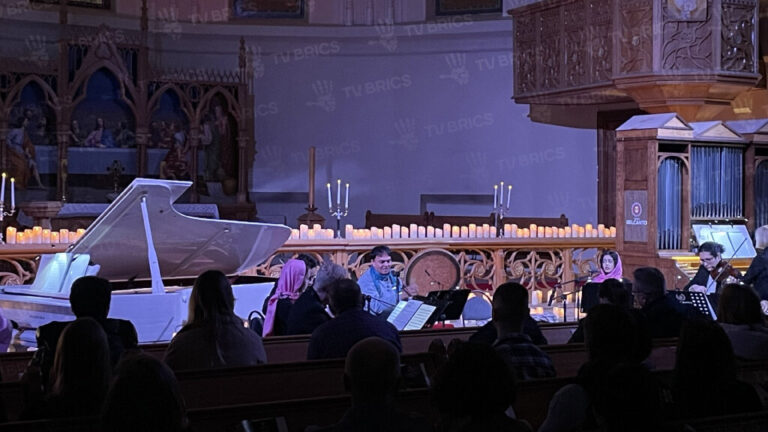Tehran Auction Faces Controversy: Allegations of Illegal Art Sales Spark Scrutiny
In a recent controversy surrounding the sale of a historical artwork attributed to the famed Safavid-era artist Reza Abbasi, concerns about its legality and authenticity have emerged. This incident, which took place during the 22nd Tehran Auction, has sparked significant discussions among cultural heritage officials and art experts.
As the auction approached, Leila Khosravi, the Acting Director General of Museums, expressed her apprehensions regarding the sale of traditional artworks, many of which are over a century old. According to a report by Mehr, her statement emphasized the importance of adhering to the 1930 Law on the Protection of National and Cultural Heritage. This law strictly prohibits the export and sale of artifacts older than 100 years without explicit permission from the Deputy of Cultural Heritage of the Ministry of Cultural Heritage, Tourism, and Handicrafts.
Khosravi clarified that the only permissible sales of such artworks are those conducted within Iran, following an official identification and certification by the ministry. The auction showcased a remarkable collection comprising both traditional and modern Iranian art, featuring 25 traditional and 75 modern pieces.
The organizers of the Tehran Auction defended their position, asserting that they had obtained all necessary permits from the Ministry of Culture and Islamic Guidance, along with specific authorization from the Ministry of Cultural Heritage, Tourism, and Handicrafts for the sale of century-old artworks. Mahmoud Nourai, the public relations director for the Tehran Auction, provided further insights, stating that the “Portrait of a Seated Girl” has a documented provenance that traces back to a gift from the Safavid rulers of Isfahan to a prominent family.
However, despite these assertions, Khosravi later deemed the artwork’s sale illegal, bringing to light the ongoing discourse about the authenticity of the Abbasi attribution. Art experts have raised concerns about discrepancies in the handwriting, a lack of certain characteristic techniques, and inconsistencies regarding the artwork’s purported creation date and style.
In response to these concerns, the Tehran Auction maintained that extensive expert analysis, including paper and color testing, had been performed on the artwork. Moreover, the auction catalog highlighted an image of another Reza Abbasi artwork that was sold at Christie’s in 2018, emphasizing the persistent issue of valuable artworks leaving the country.
This incident serves as a crucial reminder of the need for stronger measures to protect national treasures. By showcasing and auctioning the artwork within Iran, the Tehran Auction has effectively mitigated the risk of smuggling the artifact out of the country.
The painting “Portrait of a Seated Girl” by Reza Abbasi emerged as the highest-grossing piece at this edition of the auction, fetching $264,000 (224.4 billion rials). Following closely behind, a pair of engraved candlesticks by Hossein Alaghmandan sold for $134,588 (114.4 billion rials). The third position was shared by two paintings: “Genesis” by Mahmoud Farshchian and “Forgiveness” by Wahed Khakdan, both of which sold for $121,647 (103.4 billion rials).
Since its inception in 2012, the Tehran Auction has emerged as the first of its kind in Iran, operating as an independent and private initiative. Its mission is to introduce the best of Iranian art to a global audience, showcasing works from both established and emerging artists. The auction aims to address the growing interest in modern and contemporary Iranian art, facilitating the acquisition of quality works in trustworthy and reliable ways.
In conclusion, the recent controversies surrounding the sale of the “Portrait of a Seated Girl” exemplify the ongoing challenges faced in the preservation and protection of Iran’s rich cultural heritage. As discussions continue regarding the legality and authenticity of such sales, it highlights the significant role that auctions like those in Tehran play in the art market and cultural preservation efforts.
